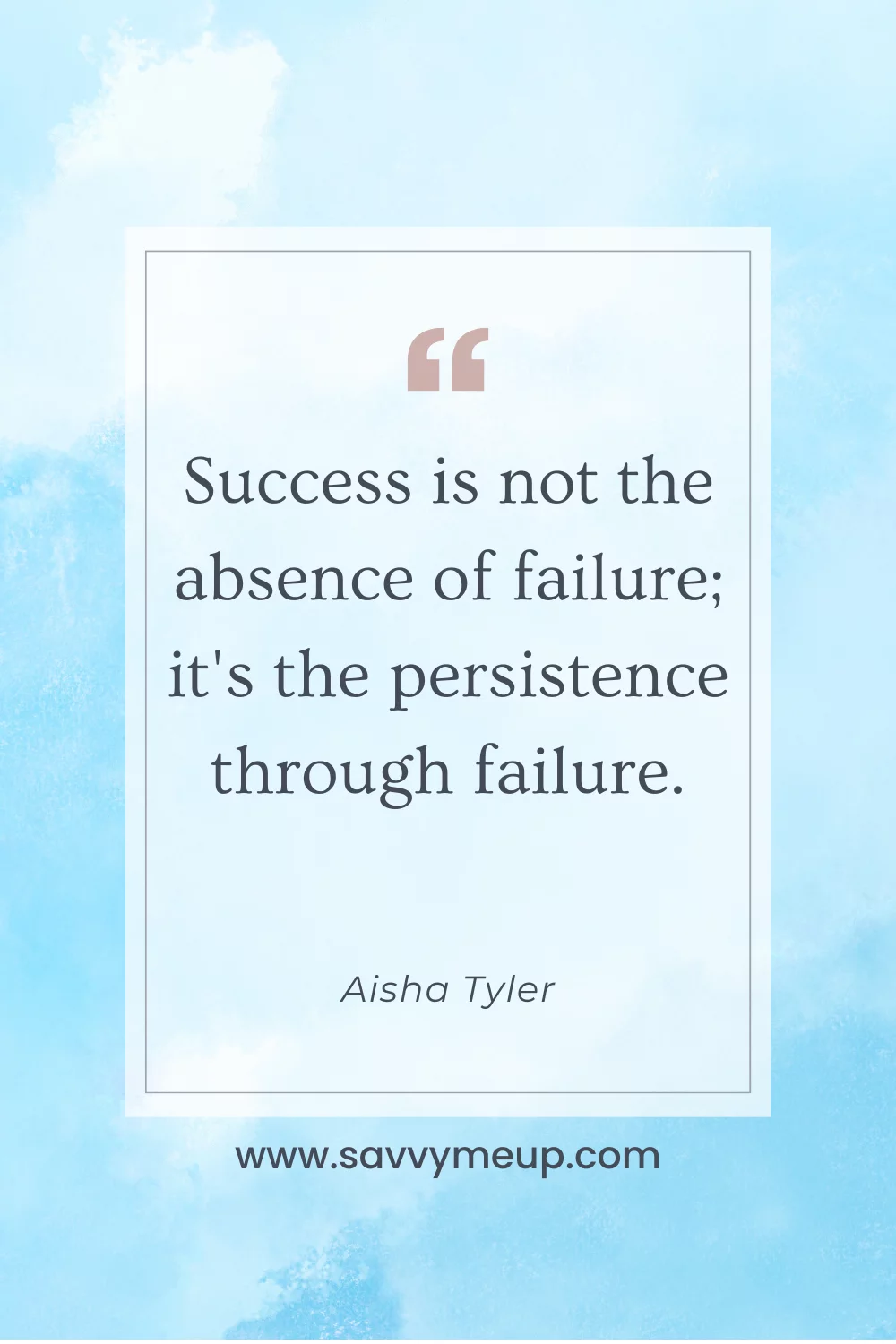Blog deindexation is a term that refers to the removal of a blog or website from search engine indexes. This can have a significant impact on the visibility and traffic of a blog, as it means that it will no longer appear in search engine results pages (SERPs). In the world of SEO (Search Engine Optimization), being deindexed is a nightmare scenario for bloggers and website owners.
Understanding the Basics of Blog Deindexation
Deindexation occurs when search engines, such as Google, decide to remove a blog or website from their index. The index is essentially a massive database that contains information about all the web pages that search engines have crawled and deemed worthy of inclusion in their search results.
Search engines work by sending out bots, also known as spiders or crawlers, to explore the web and collect information about web pages. These bots follow links from one page to another, indexing the content they find along the way. When someone performs a search, the search engine uses its index to quickly retrieve relevant results.
Blogs can get deindexed for various reasons. One common reason is engaging in black hat SEO techniques, which are tactics that violate search engine guidelines in an attempt to manipulate rankings. Other reasons include having duplicate content, low-quality links, or keyword stuffing.
Causes of Blog Deindexation and How to Avoid Them
1. Black hat SEO techniques: Black hat SEO techniques include practices like buying links, keyword stuffing, cloaking, and hidden text. These tactics may provide short-term gains in rankings but can lead to severe penalties from search engines, including deindexation. To avoid this, it’s crucial to follow white hat SEO practices and focus on creating high-quality content that provides value to users.
2. Duplicate content: Search engines strive to provide users with unique and relevant content. If your blog has duplicate content, either within your own site or copied from other sources, search engines may deindex your blog. To avoid this, make sure all your content is original and unique. Use tools like Copyscape to check for duplicate content.
3. Low-quality links: Search engines consider the quality of the links pointing to your blog as a signal of its authority and relevance. If your blog has a high number of low-quality or spammy links, search engines may deindex it. To avoid this, regularly audit your backlink profile and disavow any low-quality or suspicious links.
4. Keyword stuffing: Keyword stuffing refers to the practice of excessively using keywords in an attempt to manipulate search engine rankings. This not only makes your content unreadable but also violates search engine guidelines. To avoid deindexation, focus on creating high-quality content that naturally incorporates relevant keywords.
Identifying if Your Blog has Been Deindexed
If you suspect that your blog has been deindexed, there are a few steps you can take to confirm it:
1. Check if your blog appears in search engine results: Perform a search for your blog’s name or specific articles on different search engines. If your blog doesn’t appear in the results, it may have been deindexed.
2. Use the site: operator: Type “site:yourblog.com” into the search bar of a search engine. This will show you all the pages from your blog that are currently indexed. If no results are returned, it’s likely that your blog has been deindexed.
Signs of deindexation include a sudden drop in organic traffic, a significant decrease in rankings for targeted keywords, and a lack of visibility in search engine results.
Steps to Take After Discovering Your Blog has Been Deindexed
Discovering that your blog has been deindexed can be disheartening, but it’s important to remain calm and take immediate action to rectify the situation:
1. Identify the cause of deindexation: Analyze your blog and its SEO practices to determine what may have caused the deindexation. Look for any black hat SEO techniques, duplicate content, low-quality links, or keyword stuffing.
2. Take action to fix the issue: Once you have identified the cause, take immediate steps to rectify the issue. This may involve removing or rewriting duplicate content, disavowing low-quality links, or making changes to your SEO practices.
Analyzing Your Blog for Possible Issues
To conduct a thorough analysis of your blog and identify any potential issues that may have caused deindexation, consider the following steps:
1. Use SEO auditing tools: There are various SEO auditing tools available that can analyze your blog and provide insights into its performance. These tools can help identify issues such as duplicate content, broken links, and technical SEO errors.
2. Check for manual penalties: If you suspect that your blog has been deindexed due to a manual penalty from a search engine, check your Google Search Console account for any notifications or messages from Google regarding penalties.
Fixing Technical Issues that May Have Caused Deindexation
Technical issues can sometimes lead to deindexation. To fix these issues, consider the following steps:
1. Check for crawl errors: Use Google Search Console or other SEO tools to identify any crawl errors on your blog. These errors can prevent search engine bots from properly indexing your pages.
2. Optimize your website’s speed: Slow-loading websites can negatively impact user experience and search engine rankings. Optimize your website’s speed by compressing images, minifying CSS and JavaScript files, and using caching plugins.
Removing Low-Quality Links and Duplicate Content
To remove low-quality links and duplicate content from your blog, follow these steps:
1. Identify low-quality links: Use backlink analysis tools like Ahrefs or Moz to identify low-quality or spammy links pointing to your blog. Once identified, reach out to the website owners and request the removal of those links. If unsuccessful, use Google’s Disavow Tool to disavow those links.
2. Remove duplicate content: If you have duplicate content on your blog, either within your own site or copied from other sources, remove or rewrite it. Ensure that all your content is original and unique.
Requesting Reinclusion from Search Engines
If you have fixed the issues that caused your blog to be deindexed, you can request reinclusion from search engines. Follow these steps:
1. Submit a reconsideration request: If you believe that your blog was deindexed due to a manual penalty, submit a reconsideration request through Google Search Console. In your request, explain the actions you have taken to rectify the issues and provide any supporting evidence.
2. Be patient: It may take some time for search engines to review your reconsideration request and reinstate your blog in their index. Be patient and continue to focus on improving your blog’s SEO.
Building High-Quality Backlinks to Your Blog
Building high-quality backlinks is essential for improving your blog’s SEO and avoiding deindexation. Consider the following strategies:
1. Create valuable content: Focus on creating high-quality, informative, and engaging content that naturally attracts backlinks from other websites.
2. Guest blogging: Write guest posts for reputable websites in your niche and include a link back to your blog in the author bio or within the content itself.
Creating Fresh and Unique Content to Attract Search Engines
Creating fresh and unique content is crucial for attracting search engines and avoiding deindexation. Follow these tips:
1. Regularly update your blog: Publish new content on a regular basis to keep your blog fresh and relevant.
2. Conduct keyword research: Identify relevant keywords and incorporate them naturally into your content to improve its visibility in search engine results.
Maintaining Your Blog’s SEO to Avoid Future Deindexation
To avoid future deindexation, it’s important to maintain your blog’s SEO. Follow these best practices:
1. Stay up-to-date with search engine guidelines: Regularly review and familiarize yourself with the guidelines provided by search engines to ensure that you are following best practices.
2. Monitor your backlink profile: Regularly audit your backlink profile and disavow any low-quality or suspicious links.
Blog deindexation can have a significant impact on the visibility and traffic of a blog. Understanding the basics of deindexation, identifying the causes, and taking immediate action to fix the issues are crucial steps in avoiding deindexation. By maintaining your blog’s SEO, creating high-quality content, and building high-quality backlinks, you can improve your blog’s visibility in search engine results and reduce the risk of deindexation.







































0 Comments